Nature, in her infinite wisdom, has crafted a canvas of colors and shapes, presenting us with flowers that possess not only aesthetic beauty but also cultural significance and ecological importance. The allure of flowers transcends their visual appeal; they symbolize emotions, mark milestones, and anchor various traditions across cultures. These stunning blooms can provoke nostalgia, invoke celebration, or even heal the soul. As we delve into a guide of the 20 most beautiful flowers around the world, we uncover tales rooted in their histories, unique characteristics, and the ideals they represent. For instance, the elegant Camellia, known for its glossy leaves and rose-like blooms, reflects grace and affection as it sweeps through gardens from Asia to Europe, symbolizing admiration and deep love . Meanwhile, the Royal Iris, with its rich hues and intricate petal structure, doesn’t just captivate admirers; it has woven itself into royal symbolism, signifying majesty and hope . This interplay between aesthetics and meaning invites us to ponder: what drives our fascination with these exquisite creations?
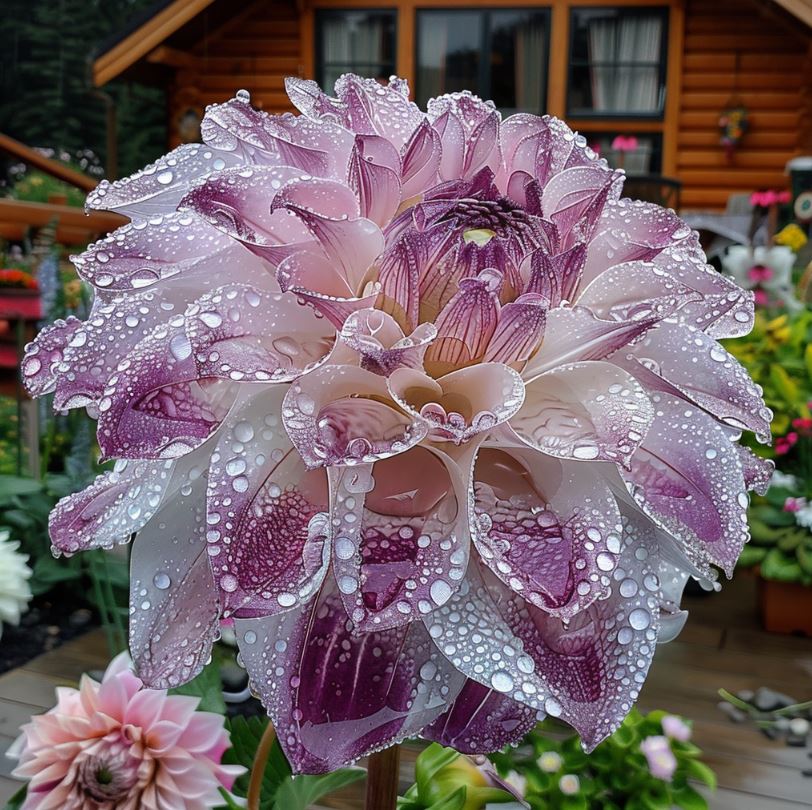
Diverse Forms of Beauty
When discussing the most beautiful flowers, one must consider the diversity in form and function among them. Take, for example, the Orchid—known for its exotic appearance and complexity, it thrives in habitats ranging from tropical rainforests to arid deserts. Orchids exemplify the principle of adaptability; some species can bloom even without soil, showcasing resilience akin to life itself. This remarkable trait, along with their breathtaking hues—ranging from vibrant purples to soft whites—makes them a staple in floral arrangements and an emblem of luxury and sophistication in many cultures .
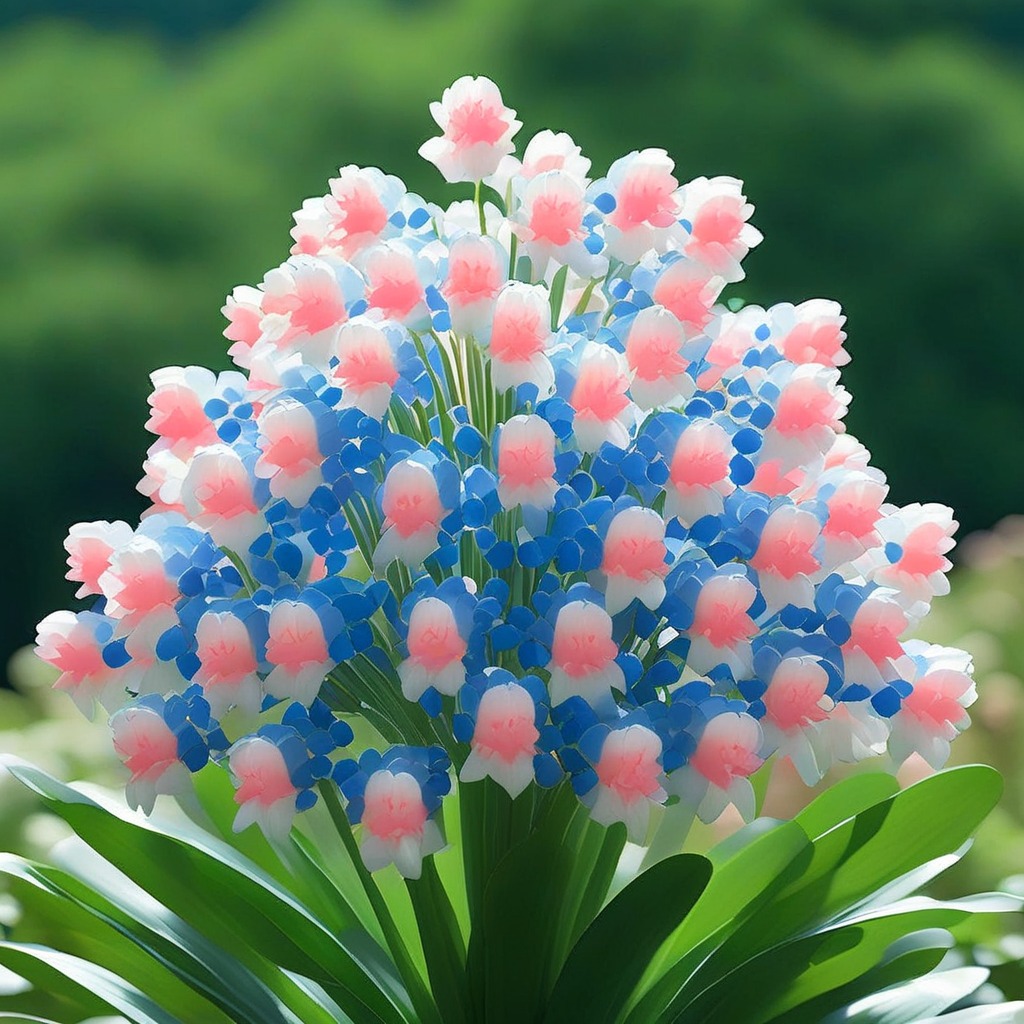
The Stories Weaving Around Flowers
Each flower carries stories echoing elements of culture, sustainability, and even socio-economic factors. The captivating Sunflower, radiant and cheerful, is not merely a joy to behold; it signifies loyalty and adoration. Farmers often intertwine sunflowers with agricultural practices, as their seeds serve essential functions in diets worldwide, promoting health and stability within communities . Similarly, the Marigold is revered in many cultures, particularly during festivals, where its bright orange and yellow hues become symbols of warmth and positivity. Such cultural connectivity magnifies their significance beyond mere decoration.
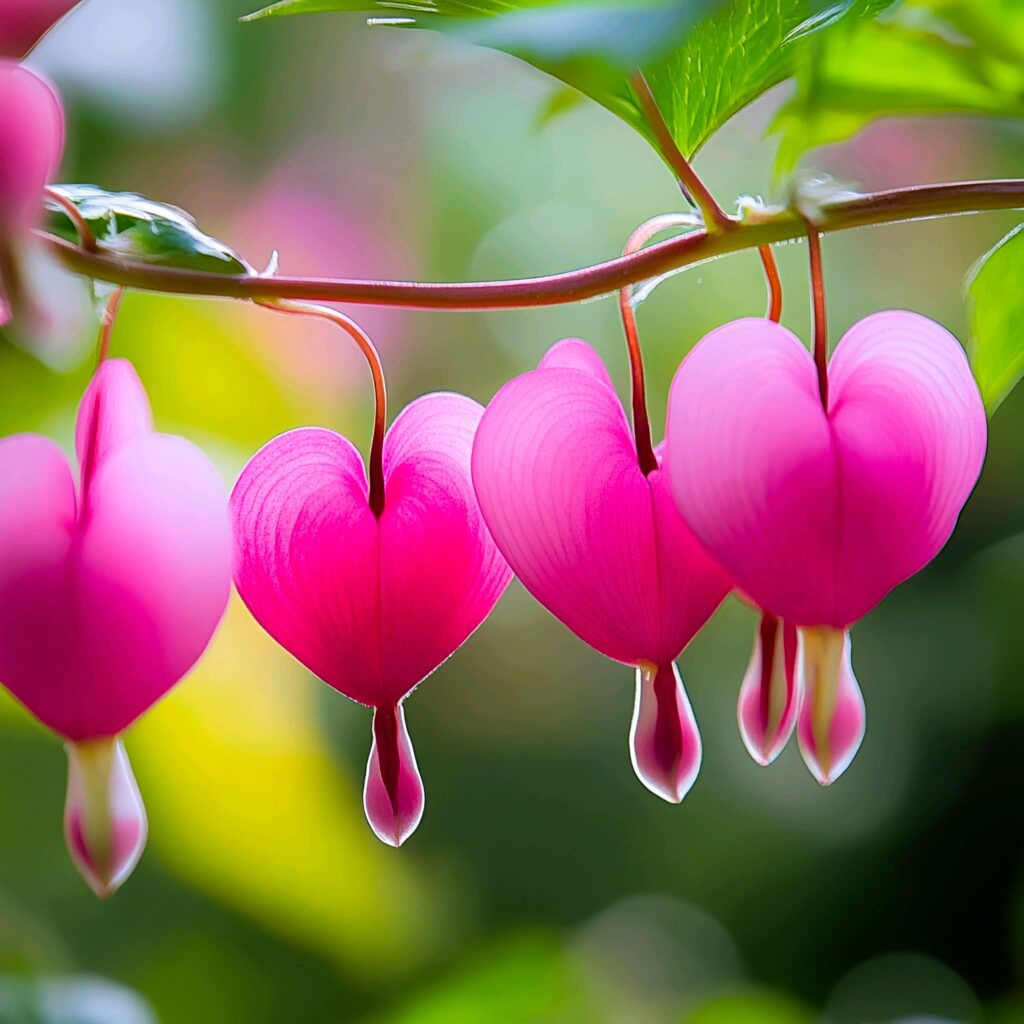
Ecological Importance
Shifting focus from aesthetics alone to considering ecological interdependence, the significance of blossoms extends into the realms of pollination. Gardens adorned with Iris and Dahlia do not merely beautify urban landscapes—they attract vital pollinators such as bees and butterflies, supporting biodiversity . Consequently, our choices as curators of nature’s art can significantly influence local ecosystems. Choosing indigenous blooms not only enhances local beauty but also boosts environmental resilience, illustrating the delicate web of life sustained by each flower’s existence.
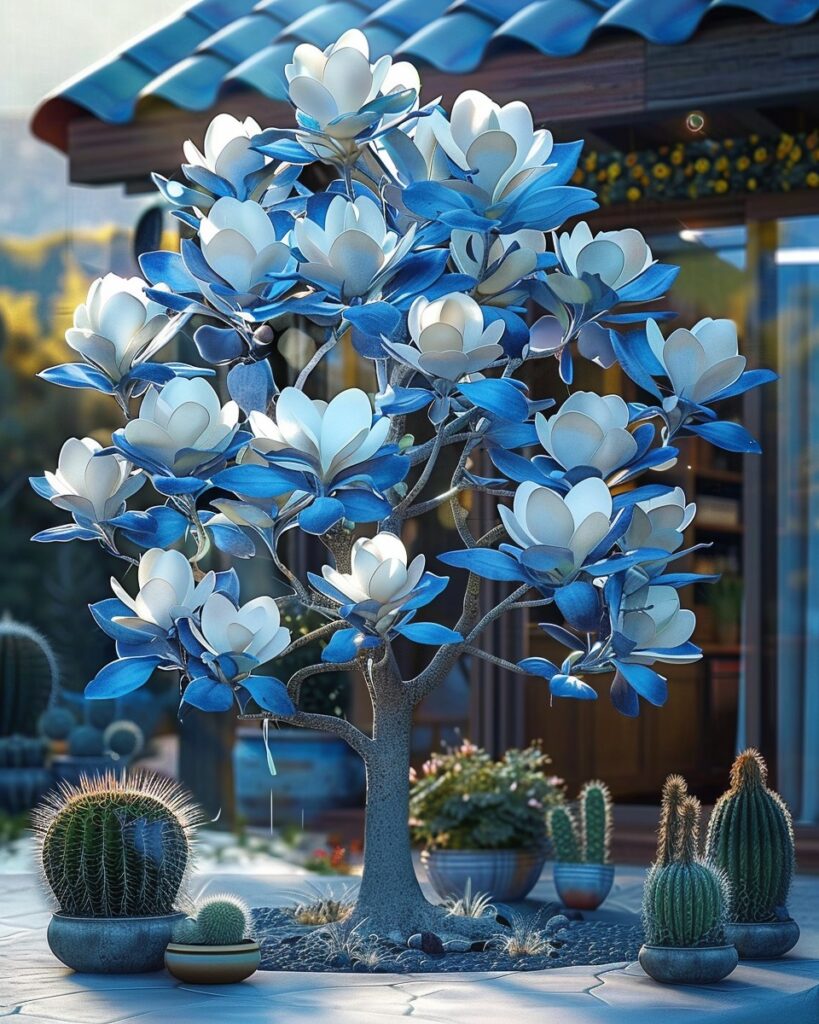
A Visual Journey Through Nature’s Finest Blooms
For those seeking an immersive experience, envision embarking on a journey through stunning locales renowned for their floral displays. Imagine exploring fields filled with Cyclamens in Greece or witnessing the surreal beauty of cherry blossoms in Japan—a reminder of life’s fragility and fleeting moments . Each destination offers travelers a rich tapestry of flora, creating memories intertwined with scents, colors, and the overall ambiance of natural beauty, inviting introspection about mindfulness and appreciation of the present moment.
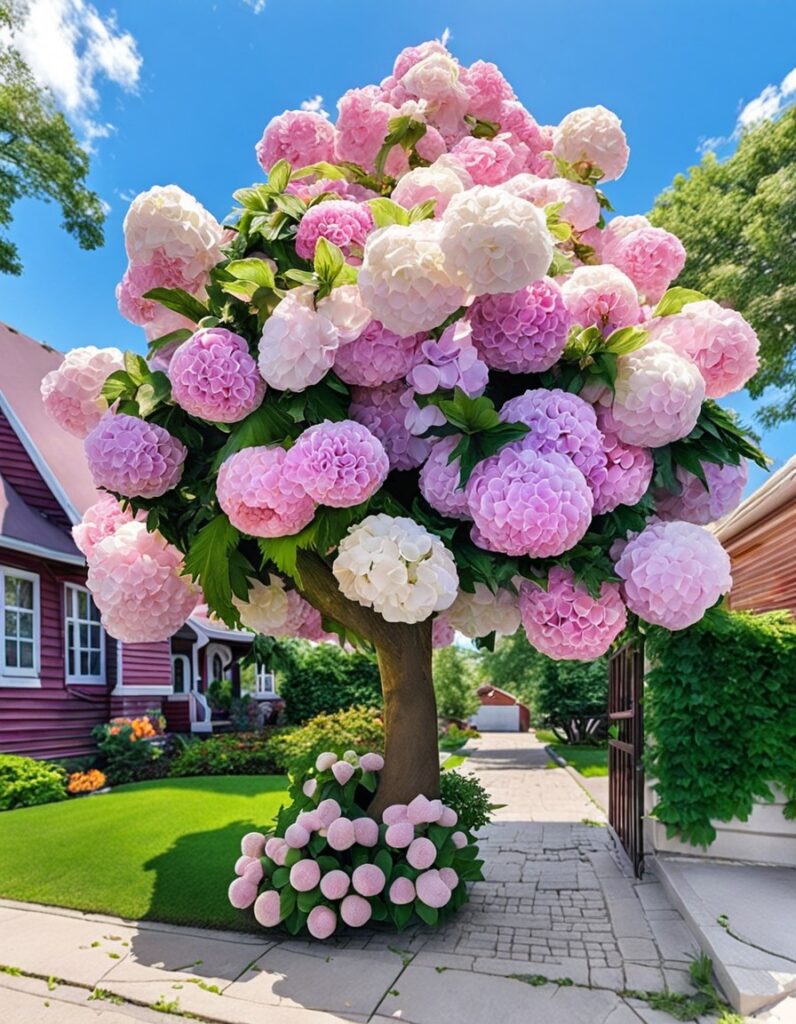
Reflection on Human Connection
In essence, the exploration of the 20 most beautiful flowers results in a fusion of human emotion, cultural significance, and nature’s wonder. They compel us to reflect on our engagements with nature; do we simply observe from afar, or do we cultivate relationships with these majestic beings? Each glance at a vibrant bloom could remind us to appreciate the present, nurture our connections, and perhaps even find deeper meanings within ourselves. As we walk through gardens or fields filled with these stunners, like the breathtaking representations in the guides curated by and , we are invited to step beyond admiration and engage with the deeper stories inherent in each petal and leaf.




